EDM is one of the most dynamic and electrifying genres in the music world today.
It can transport listeners to a world of pulsating rhythms, captivating melodies, and unforgettable drops.
EDM will always push the boundaries of what music can achieve, both in terms of sound design, complexity, and structure.
So, as a music producer, it’s important to know the most popular EDM song structures in the game.
This way, you can create tracks that are emotionally intriguing and out of this world.
Understanding these structures can elevate your music and help make your music more fluid, engaging, and memorable.
In today’s article, we’ll be breaking down:
- The most popular EDM song structure (+ 9 others) ✓
- Classic and modern variations of EDM song structures ✓
- Techniques for creating epic intros and outros ✓
- Strategies for developing verses and choruses ✓
- How to build tension with pre-choruses & build-ups ✓
- Creating mind-blowing drops ✓
- Playing with second verses & drops for edge ✓
- Experimenting with breakdowns & build-ups ✓
- Using reference tracks in the same genre ✓
- Creative sound design in EDM production ✓
- Much more about EDM song structure essentials ✓
You’ll be equipped to create EDM tracks that captivate from the first beat to the last, maintaining energy and excitement throughout.
It will ensure your tracks not only captivate and shut down the dancefloor but leave a lasting impression on the industry as well.
So, if you’re ready to master the song structures of EDM production, let’s dive in…
Table of Contents
- EDM Song Structure: Understanding the Basics
- The Basic Building Blocks of an EDM Track
- Breaking Down the 10 Most Popular EDM Song Structures
- #1. The Classic ABABCB (Intro-Verse-Chorus-Verse-Chorus-Bridge-Chorus)
- #2. The Drop-Centric ABACAB (Intro-Verse-Drop-Verse-Drop-Bridge-Drop)
- #3. The Progressive Build AABC (Intro-Buildup-Breakdown-Chorus/Drop)
- #4. The Minimalist ABA (Intro-Verse-Drop)
- #5. The Radio-Friendly ABCABC (Intro-Chorus-Verse-Chorus-Verse-Chorus)
- #6. The Extended Club Mix ABACABC (Intro-Verse-Drop-Verse-Chorus-Drop-Bridge-Drop)
- #7. The Breakdown Focus ABABCBC (Intro-Verse-Breakdown-Chorus-Verse-Breakdown-Chorus)
- #8. The Crescendo ABBCC (Intro-Verse-Verse-Chorus-Chorus)
- #9. The Storytelling Journey ABCABCD (Intro-Chorus-Verse-Chorus-Bridge-Verse-Drop)
- #10. The Loop-Based ABABCB (Intro-Verse-Chorus-Verse-Chorus-Bridge-Chorus)
- Playing with the Second Verse & Adding a Second Drop
- Pro Tip: Reference Track
- EDM Song Structure: Final Thoughts
EDM Song Structure: Understanding the Basics

If you’re first getting into electronic dance music (EDM) production, the first thing you’ll need to have a solid understanding of is EDM song structure.
It’s what makes your whole song flow smoothly, keeping listeners hooked from start to finish without getting bored or underwhelmed.
Understanding the basic structure of EDM songs is key because it helps you organize your ideas and makes your music more enjoyable for your audience.
EDM song structure isn’t just about the order of parts in your track 一 it’s about creating a full-blown journey that people will remember.
Many songs in EDM genres follow a common pattern that includes an intro, verse, chorus, and drop.
Knowing how these sections come together and affect the overall vibe of your track is key to making music that stands out and reels new fans in.
It’s like building a house… you need a solid foundation and a good plan before you start decorating and throwing up walls.
The Basic Building Blocks of an EDM Track
Before we dive into the top 10 variations, let’s set the stage real quick with the basic building blocks of any EDM song structure. Every part of an EDM track serves a purpose, and knowing what that purpose is will help you enhance your songs tenfold. From the moment your track starts, you’re telling a story, and each new section is a chapter in that story that you need to know how to write.
-
Intro: The First Impression

The intro, as the name implies, sets the musical tone.
Whether it’s a long or short intro, it’s your first chance to grab the listener’s attention and set the mood for the entire song.
In electronic music production, intros often start with a simple beat or ambient sounds 一 slowly layering elements to build anticipation/tension.
For example, in a future bass track, you might start with a faded synth line or soft pads that gradually gain volume to hint at the energy that’s coming.
The intro should ease listeners into your world and make them super excited for whatever is next; this is super important in the world of electronic music production.
-
Verse: Setting the Scene

Next, is the verse, where the story of your song begins to unfold.
The verse is where you’re going to introduce new layers (like a bassline or melody), that expand on the vibe set by the intro.
The verse is less intense than the chorus but it’s where you start to build momentum.
In house music, you might add a rhythmic bassline here that gets the listener nodding their head and feeling it in their soul.
It lays the groundwork for more complex sounds, sound design, and textures to be introduced later.
Bottom line, the verse sets the scene and pulls the listener deeper into the song
-
Pre-Chorus/Build-up: Building Tension
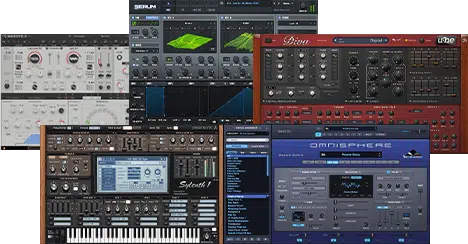
The pre-chorus or build-up is all about escalation; ramping up the energy and preparing listeners for the climax.
This section often includes:
- Rising synths
- Faster beats
- Increasing volume
Anything that creates a sense of anticipation, really.
In EDM, a proper pre-chorus/build-up can be the difference between a basic track and a legendary one.
For instance, a trance song might use sweeping filters and snare rolls to heighten tension 一 making the drop that follows even more exhilarating.
Remember, silence is as powerful as the build-up itself, especially when it comes to building tension with a pre-chorus.
The build-up of a modern EDM song is where you promise your listeners that something big is coming (so you better live up to the hype).
-
Chorus: The Heart of the Track
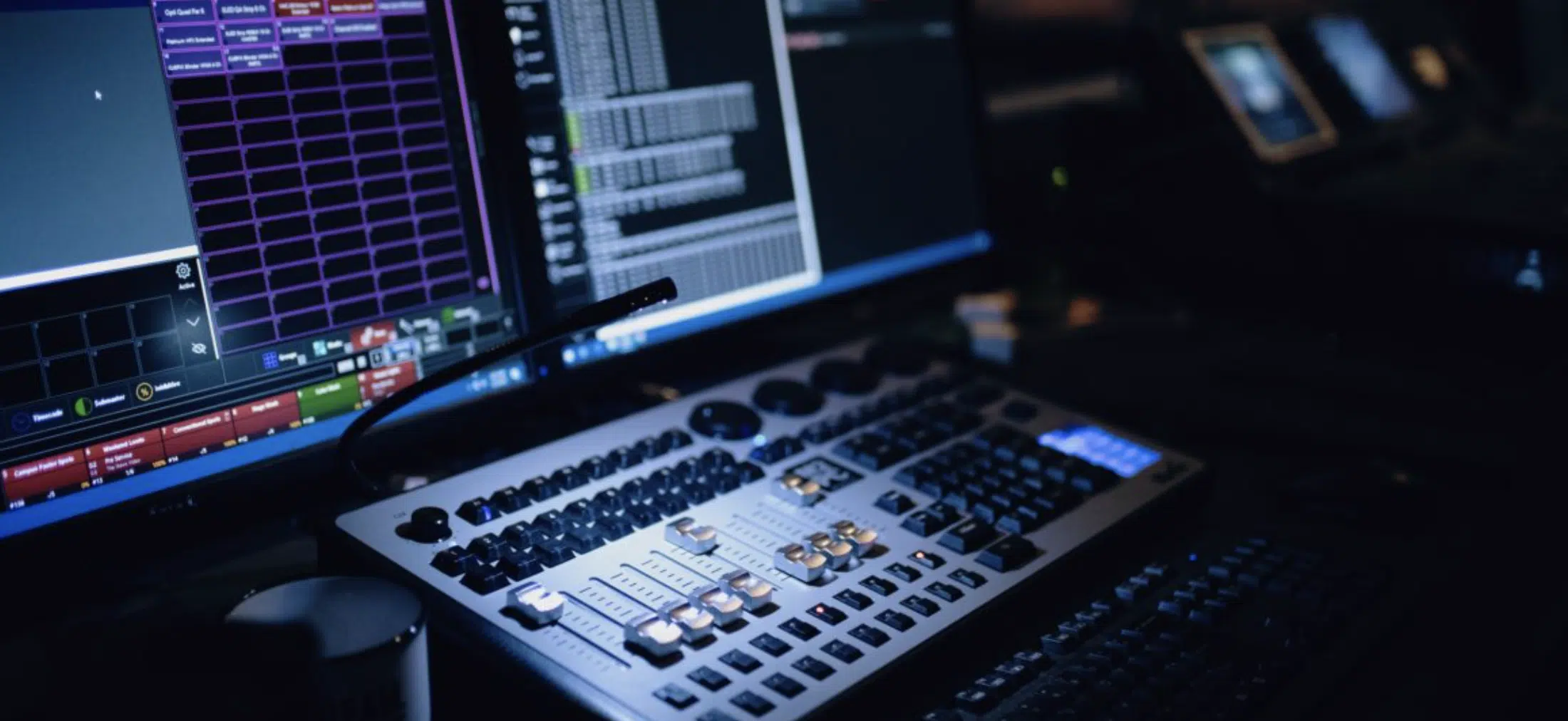
The chorus is essentially the most memorable part of your entire track (as a whole).
It’s the moment where the track’s main theme shines through with a burst of energy and melody, featuring the:
- Catchiest melodies
- Biggest beats
- Fullest arrangements
The chorus is where everything comes together 一 delivering the emotional and sonic climax that the section before leads up to.
In many EDM tracks, the chorus amplifies the lead melody or main hook with layers of synths, vocals, and sub-bass.
It creates a euphoric, immersive sound that captivates the listener.
The effectiveness of a chorus lies in its ability to really capture the essence of the track, making it the section that listeners remember and return to.
-
Bridge: A Moment of Reflection
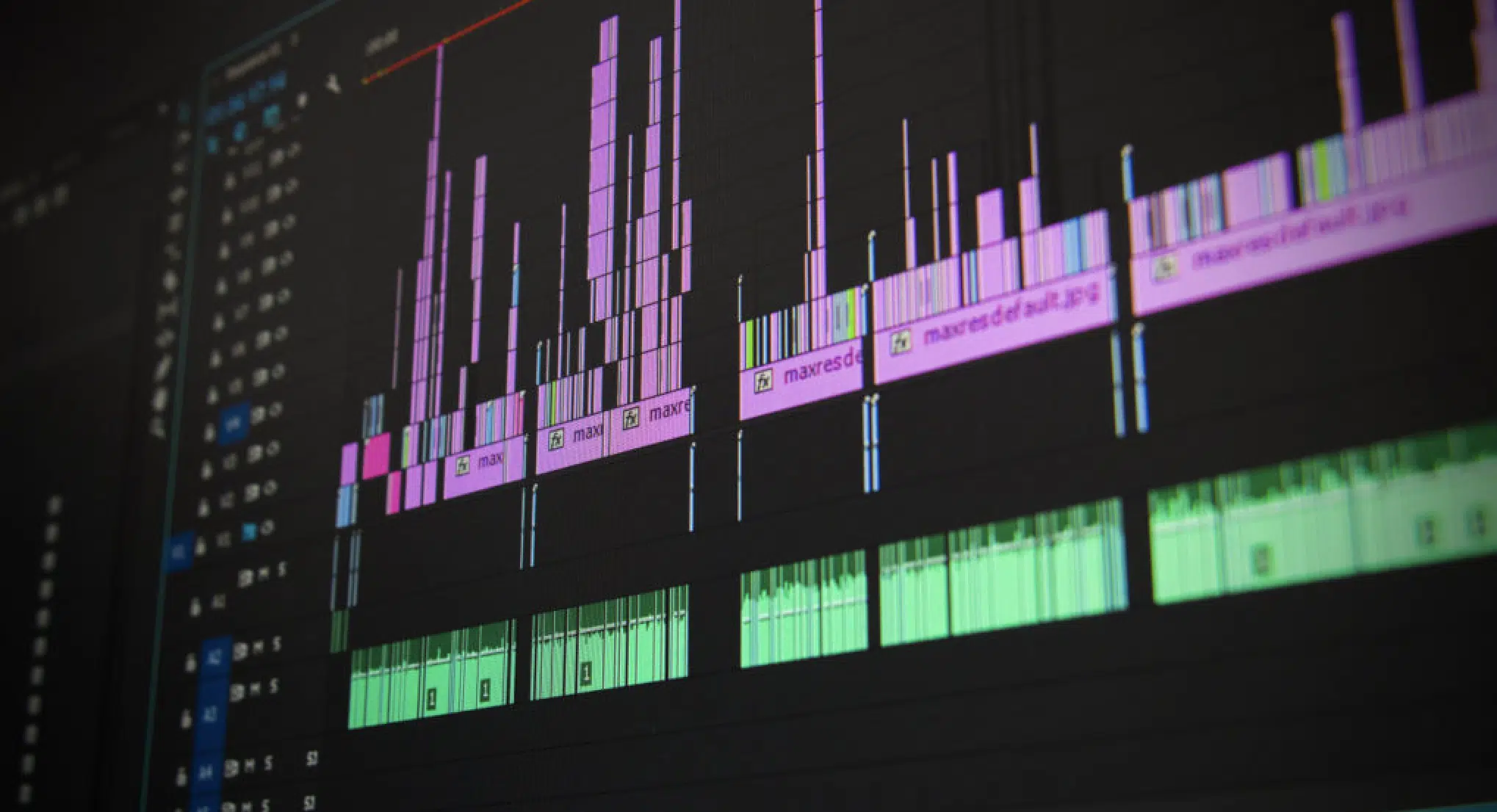
After the high of the chorus, the bridge offers a moment to breathe.
It’s a chance to explore different sounds or take the listener on a quick detour.
The bridge might strip down to a simpler beat (stripped down beat) or a melodic line that contrasts with the rest of your track 一 providing a break from the intensity.
NOTE: In some electronic music tracks, the bridge can serve as a build-up to a second drop.
It uses different chords or melodies to create a sense of variety and anticipation before diving back into the energy.
-
Drop: Unleashing the Energy
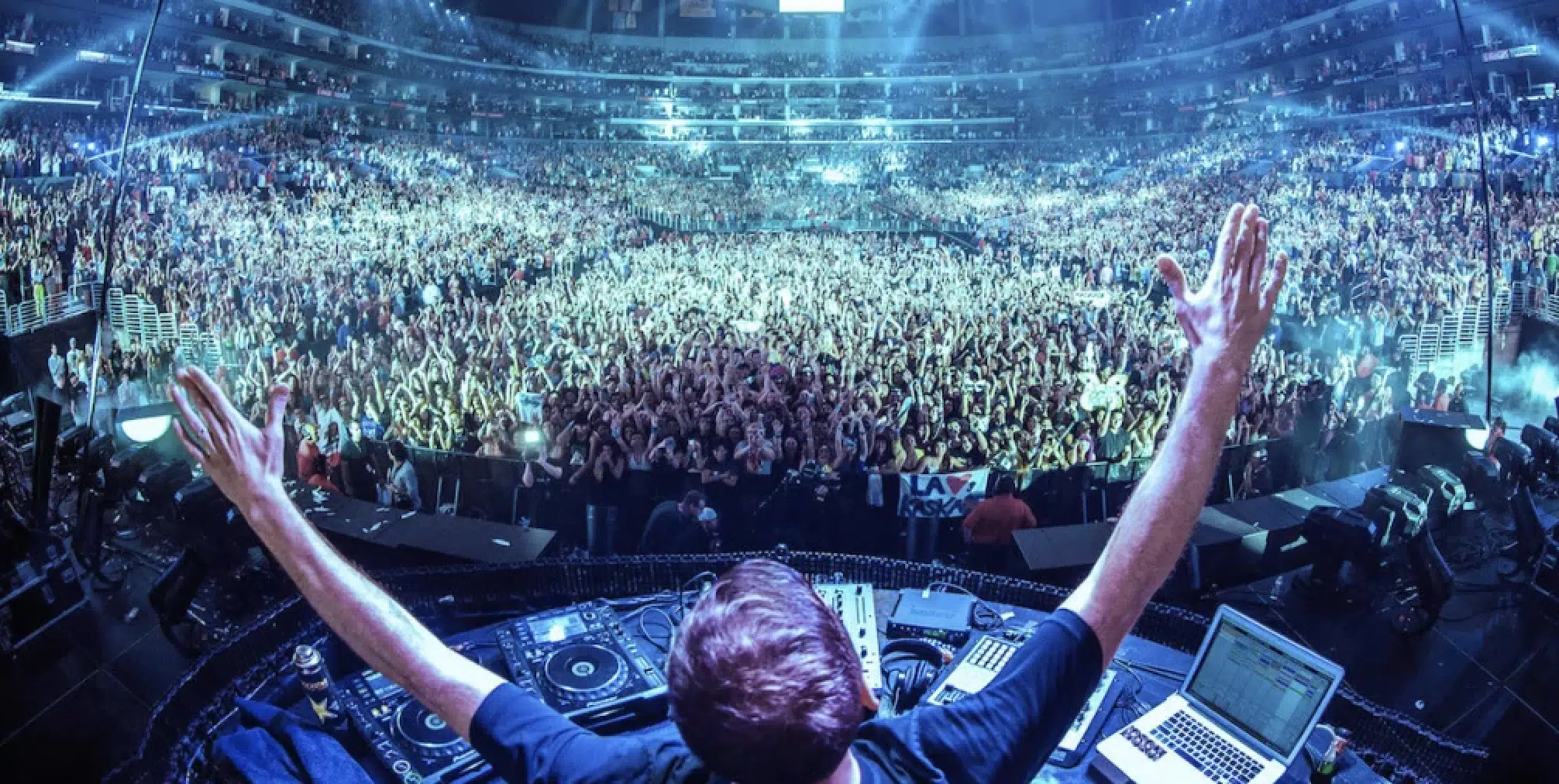
The drop is where all the built-up tension explodes.
It’s the moment everyone waits for in an EDM track, delivering the highest energy and often the track’s main theme.
Drops are characterized by:
- Powerful basslines
- Intricate rhythms
- Vocal chops
- Complex bass wobbles and synths (very popular in dubstep)
- Etc.
The drop should feel like a release, satisfying the anticipation built up during the build-up.
It’s the climax of your track, designed to get everyone moving.
This new section is characterized by a significant shift in dynamics, often featuring a powerful bassline and intricate electronic rhythms.
Pro Tip
Try using techniques like filtering, pitch bending, or volume swells leading into the drop to heighten anticipation.
Once the drop hits, the introduction of new sounds or a sudden increase in tempo can have a dramatic effect, blasting the song into full party mode.
-
Outro: The Final Farewell
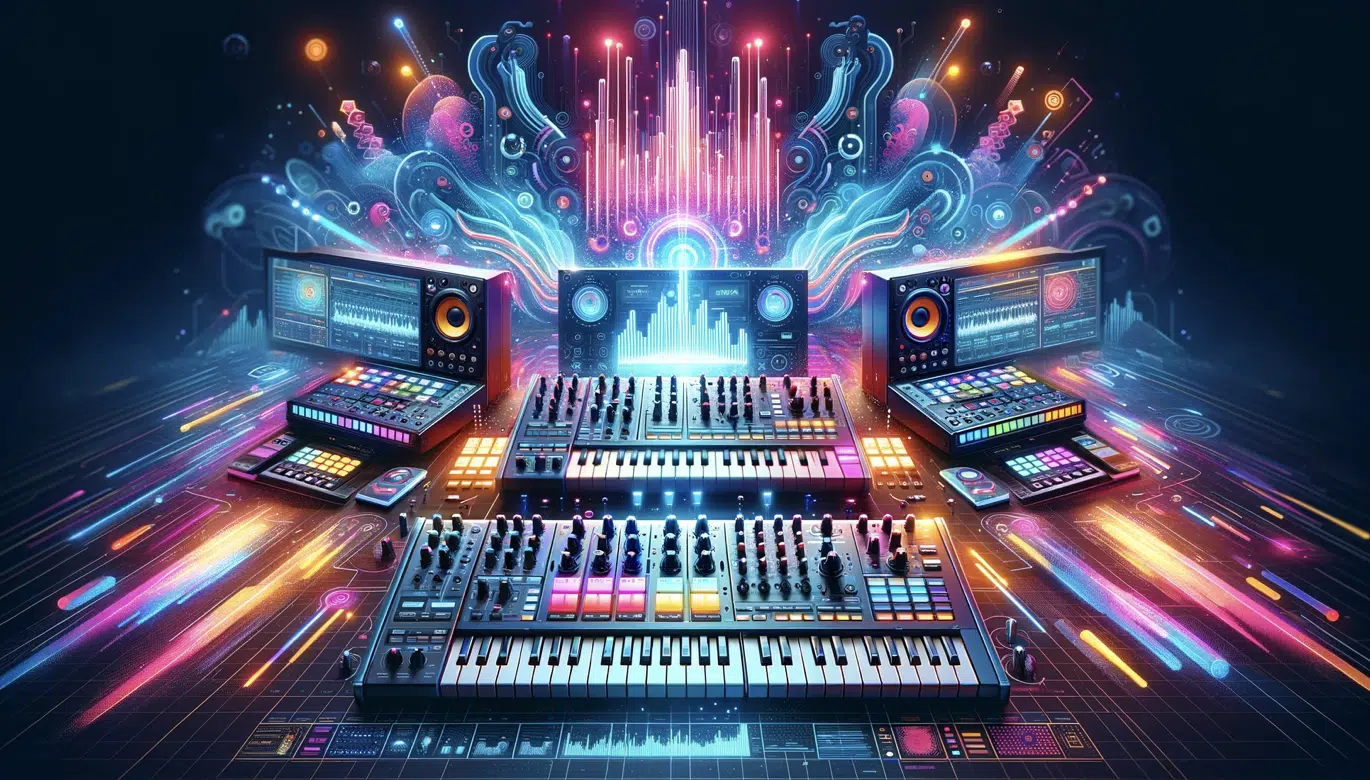
Finally, the outro rounds off your track, bringing it to a close.
It mirrors the intro, gradually winding down the energy and preparing the listener to say goodbye (regrettably, if you do it right).
The outro might return to simpler elements, fading out the main melodies or beats 一 leaving a lasting, accurate impression of the track’s overall themes.
In electronic dance music, a well-executed outro ensures your song ends on a high note and leaves your listeners addicted and ready to hit replay, over and over again.
Breaking Down the 10 Most Popular EDM Song Structures
Now that you have a solid understanding of what each section of an electronic dance music song represents, from the pre-chorus to the drop, let’s break down the top 10 EDM song structures. Plus, we’ve thrown in a tip or trick for each section to make that EDM song structure even more appealing/unique when people hear it.
#1. The Classic ABABCB (Intro-Verse-Chorus-Verse-Chorus-Bridge-Chorus)
This timeless song structure is a staple in EDM for its balanced repetition and variation.
You can use the second verse to introduce new sounds or a slight variation in melody to keep listeners engaged.
For the bridge of your song, consider stripping down the instrumentation to create a moment of contrast before the final chorus.
The vast majority of EDM producers certainly use this particular song structure, so you should definitely try it out.
#2. The Drop-Centric ABACAB (Intro-Verse-Drop-Verse-Drop-Bridge-Drop)
This EDM song structure is perfect for club tracks where the drop is the main attraction.
Try making each drop slightly different.
For example:
- The first drop 一 Could introduce the main theme.
- The second drop 一 Could heighten the energy level.
- The third drop 一 Could combine elements from the first two with an added twist for a grand finale.
This will turn the same structure into a legendary show-stopper.
Like with all other sections of music production, it’s all about creative exploration and experimentation to create unique songs that people really appreciate.
#3. The Progressive Build AABC (Intro-Buildup-Breakdown-Chorus/Drop)
For tracks that build momentum slowly and lead to a single, explosive climax, this EDM song structure is ideal.
Use the buildup section to gradually introduce elements that will be present in the drop to create EDM’s favorite thing: anticipation.
The breakdown can serve as a short breather 一 incorporating more atmospheric sounds or melodic elements before the drop.
NOTE: If you’re messing around with this song structure, make sure that you don’t slack on creativity and sound like all other tracks in this genre; you have to stand out.
#4. The Minimalist ABA (Intro-Verse-Drop)
This modern EDM song structure focuses on delivering a punchy, to-the-point musical idea without overcomplicating whats called arrangement.
Tip: Keep the verse simple and let the drop be the star of the show.
To do this, you can try using a vocal sample or a catchy synth line in the verse that complements the drop.
#5. The Radio-Friendly ABCABC (Intro-Chorus-Verse-Chorus-Verse-Chorus)
Ideal for EDM tracks aiming for crossover pop music appeal, this EDM song structure is found all throughout popular music.
NOTE: Make your choruses big, memorable, and singable, like most pop songs.
Since the chorus kicks in right from the start, it sets a high energy level (signature of EDM music) that should be maintained throughout the song.
Side note, if you’d like to learn all about pop progressions, we’ve got you covered.
#6. The Extended Club Mix ABACABC (Intro-Verse-Drop-Verse-Chorus-Drop-Bridge-Drop)
This EDM song structure is great for DJs and dance floors, keeping the energy high and the crowd engaged.
Use variations in the drum patterns or basslines between drops to maintain interest.
The final drop of EDM songs can include elements from all previous sections for a cumulative effect that blows people away.
#7. The Breakdown Focus ABABCBC (Intro-Verse-Breakdown-Chorus-Verse-Breakdown-Chorus)
This EDM song structure emphasizes the breakdowns for a more dynamic range and emotional depth.
Try experimenting with different/new instruments or soundscapes in your breakdowns to create a distinct contrast with the more energetic choruses.
#8. The Crescendo ABBCC (Intro-Verse-Verse-Chorus-Chorus)
This EDM song structure is all about building energy and intensity as the song progresses.
Remember, each verse should add new layers or increase in intensity 一 leading to a chorus that explodes with energy.
Consider increasing tempo or pitch slightly across the verses of your songs for a subtle yet effective build; super common in electronic dance music.
#9. The Storytelling Journey ABCABCD (Intro-Chorus-Verse-Chorus-Bridge-Verse-Drop)
This EDM song structure adds a twist by placing a significant drop towards the end, after taking listeners on a rollercoaster-type musical journey.
NOTE: The final drop should be the most powerful moment of the track.
It should incorporate elements from all previous sections and introduce something new to leave an impactful impression.
#10. The Loop-Based ABABCB (Intro-Verse-Chorus-Verse-Chorus-Bridge-Chorus)
Favored in techno and minimal, this EDM song structure is where subtle changes and hypnotic loops dominate.
Focus on creating captivating loops that evolve over time.
Again, small changes in texture, filter sweeps, or effects can keep the loop engaging throughout the song and makes sure the loop fits the overall vibe.
By experimenting with each EDM song structure and taking advantage of the tips we’ve provided, you can produce EDM songs that resonate with your audience.
Whether they’re listening at home or dancing the night away on the floor, it will make a huge impression.
Remember, the key to a full-fledged song in EDM (and other genres) lies not just in its structure but in how you fill that structure with compelling sounds/sequences.
Playing with the Second Verse & Adding a Second Drop

Adding a second verse or drop to your EDM song can significantly alter its dynamic.
It will keep the listener engaged with fresh elements just when they think they’ve figured out your song (this always makes a HUGE impact).
Tweaking the second verse gives you an opportunity to introduce new lyrics (not the same lyrics; a little variation), melodies, rhythms, etc.
Anything that provides a contrast to the first verse is key.
This music production technique keeps the energy flowing and prevents your own track from becoming predictable.
Introducing a second drop in your song structure is another powerful tool you should definitely play around with.
By varying the second drop, either by changing its sound, tempo, or even its key, you can create a moment of surprise in your song that keeps people interested.
For instance, common scenarios in a dubstep track would be:
- The first drop 一 Might focus on heavy sub-bass and aggressive synths.
- The second drop 一 Could introduce more melodic elements or switch to a half-time beat.
It gives you a fresh take on the initial theme.
Remember, regarding any song’s structure (first half/second half), it’s always about what will keep people engaged when they hear it.
Pro Tip: Reference Track
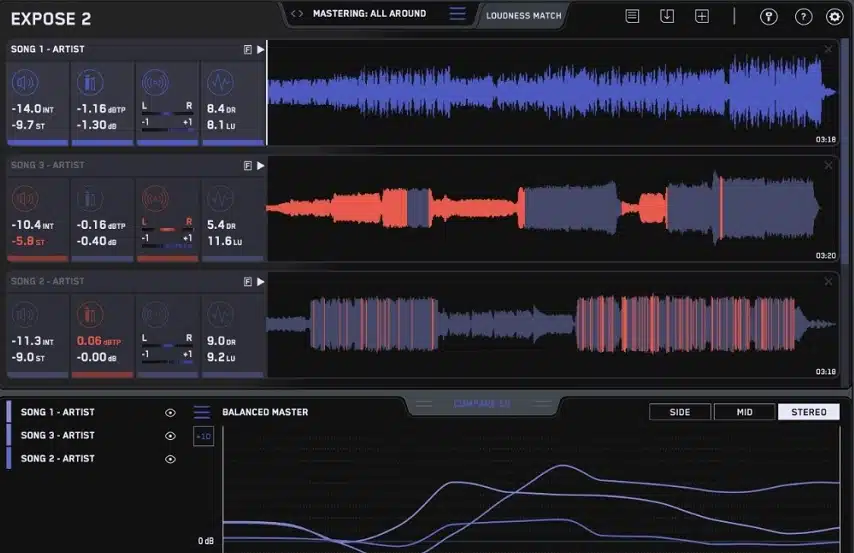
Don’t underestimate the invaluable lessons a reference track holds!
Analyze their structure, note how they handle transitions between each new section, and pay close attention to their melodic and harmonic content.
Using reference tracks allows you to understand the “why” behind the success of these songs straight from your DAW (like Ableton Live or FL Studio).
When referencing these other tracks, take notice of:
- The emotional impact of specific chord progressions.
- How certain melodies catch your ear.
- Any sound design techniques you’d like to incorporate.
Then, apply these insights to your own music.
Don’t copy outright (of course), but let it help you with a similar structure and inspire you to create legendary EDM songs.
For example, if the song structure of your reference track uses a particular minor chord progression to build tension before the drop, experiment with incorporating a similar progression in your build-up.
Simply tweak it to fit the unique context and sound of your song.
Side note, if you’d like to see the exact breakdown of EDM chord progressions, we’ve got you covered.
EDM Song Structure: Final Thoughts
EDM song structures, as you now know, are the intriguing foundation that can bring your track to life.
Nailing them down can make your tracks more fluid, engaging, and ultimately more successful on dancefloors and playlists.
Plus, understanding these structures allows you to experiment creatively 一 giving your music both consistency and innovation.
To really elevate your EDM tracks and take them to the next level, you’ve got to check out these highly-renowned Free EDM Drum Kit.
It’s packed with over 45 infectious drum samples, loops, and MIDIs.
Whether you’re creating a bouncy house hit, relentless techno track, or energetic DnB anthem, this kit has everything you need to make your EDM songs shine.
All of these mind-blowing sounds are perfect for the most popular EDM genres and they’re all 100% royalty-free, so you can explore and experiment to your heart’s content.
Incorporating these high-quality sounds into your music can give your tracks that professional polish and infectious rhythm that captures listeners.
Remember, the structure itself is just the beginning; how you tweak it with your unique sounds, rhythms, and melodies is what will really make your music take over.
So, make sure to tap into your ultimate creativity and let the world see your talent.
Until next time…







Leave a Reply
You must belogged in to post a comment.